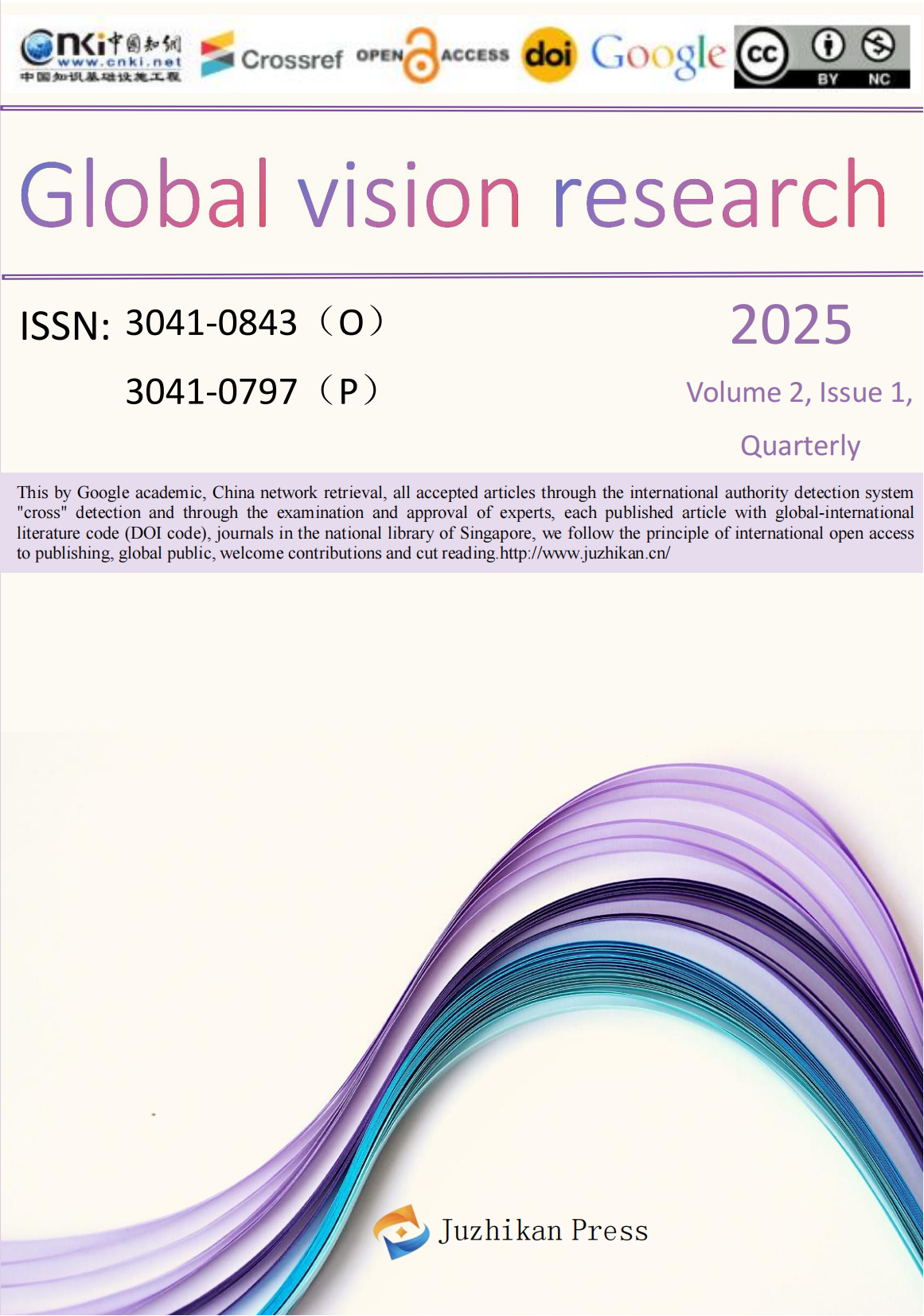 65 84368249
65 84368249 info@juzhikan.asia
info@juzhikan.asia 65 84368249
65 84368249 info@juzhikan.asia
info@juzhikan.asia
Optimized Capacity Allocation for a Hybrid Wind Turbine-Photovoltaic-Carbon Capture Coal-Fired Power Unit-Energy Storage System Considering Deep Peaking
Zeyu Wang
Department of Economics and Management, North China Electric Power University,Hebei Baoding,071003;
Abstract: With the rapid expansion of wind and photovoltaic energy production, coupled with stricter environmental regulations, traditional coal-fired power plants face the risk of obsolescence. Nonetheless, many coal-fired power units (CFPUs) remain economically viable and technically operational, with substantial service life remaining. To maximize the utility of these CFPUs during the energy transition, this study presents a hybrid system integrating wind turbine, photovoltaic, energy storage system, and carbon capture coal-fired power unit (CCPU). This system leverages modified carbon capture utilization and storage (CCUS) technology to improve the deep peaking capability of CCPU. By designing different scenarios, the case study shows that the deep peaking capability of CCPU can effectively improve the utilization of renewable energy, reduce the capacity demand of the energy storage system, and ultimately realize the reduction of system cost.
Keywords: Coal-fired power unit;Carbon capture utilization and storage;Energy storage; Deep peaking; Capacity optimization
References
[1]Park L, Jang Y, Cho S, Kim J. Residential Demand Response for Renewable Energy Resources in Smart Grid Systems. IEEE Transactions on Industrial Informatics. 2017;13:3165-73.
[2]Amin SM, Wollenberg BF. Toward a smart grid: power delivery for the 21st century. IEEE Power and Energy Magazine. 2005;3:34-41.
[3]Gross R, Leach M, Bauen A. Progress in renewable energy. Environment International. 2003;29:105-22.
[4]Yang S, Tan Z, Zhao R, De G, Li H, Ju L, et al. Operation optimization and income distribution model of park integrated energy system with power-to-gas technology and energy storage. Journal of Cleaner Production. 2020;247:119090.
[5]Hou H, Wang Q, Xiao Z, Xue M, Wu Y, Deng X, et al. Data-driven economic dispatch for islanded micro-grid considering uncertainty and demand response. International Journal of Electrical Power & Energy Systems. 2022;136:107623.
[6]Zhu Y, Liu J, Hu Y, Xie Y, Zeng D, Li R. Distributionally robust optimization model considering deep peak shaving and uncertainty of renewable energy. Energy. 2024;288:129935.
[7]Wu W, Zhu J, Chen Y, Luo T, Shi P, Guo W, et al. Modified Shapley Value-Based Profit Allocation Method for Wind Power Accommodation and Deep Peak Regulation of Thermal Power. IEEE Transactions on Industry Applications. 2023;59:276-88.
[8]Niazvand F, Kharrati S, Khosravi F, Rastgou A. Scenario-based assessment for optimal planning of multi-carrier hub-energy system under dual uncertainties and various scheduling by considering CCUS technology. Sustainable Energy Technologies and Assessments. 2021;46:101300.
[9]Lin B, Liu Z. Could Coal-Fired Power Plants with CCS be an Effective Way for Carbon Neutrality in China? Journal of Management Science and Engineering. 2024.